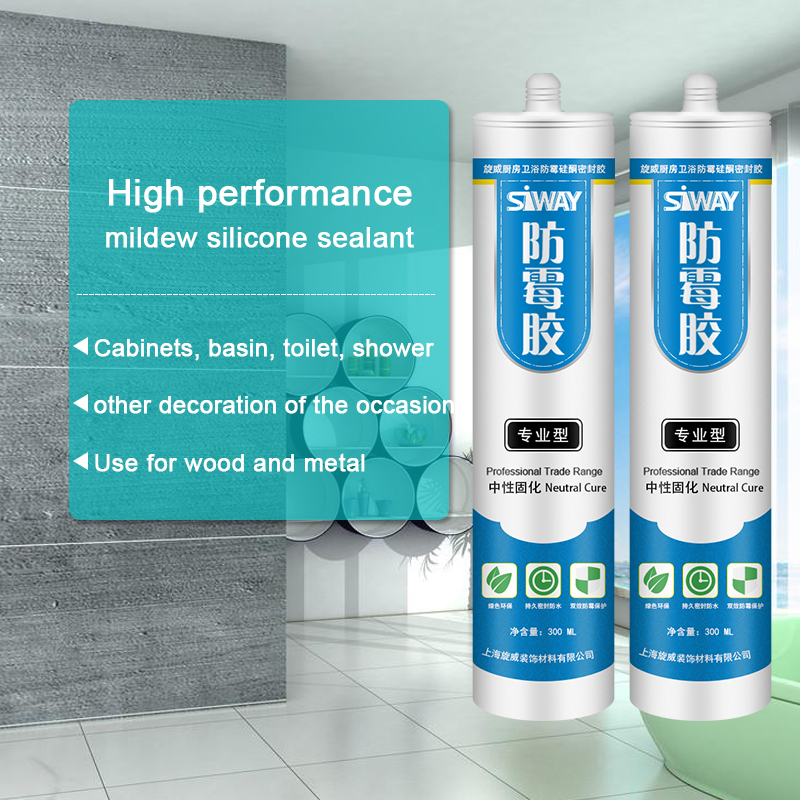China Gold Supplier for Siway MG PU FOAM to Russia Importers
Short Description:
Description MG PU FOAM is the expansion, moisture curing, has the strong cohesiveness, elastic foam obturator structure; Save work to save time, reduce waste; High bond strength; Bubble can stick in the concrete, wood, metal, plastic, such as base material surface, but not including teflon, silicon resins; Key Features 1. Noise silencing effect 2. Strong bonding strength 3. Water & weatherproof 4. Primerless adhesion to most building materials Basic Application 1.Doors and Windows and...
The company upholds the philosophy of "Be No.1 in quality, be rooted on credit and trustworthiness for growth", will continue to serve old and new customers from home and overseas whole-heatedly for China Gold Supplier for Siway MG PU FOAM to Russia Importers, Competitive price with high quality and satisfying service make us earned more customers.we wish to work with you and seek common development.
Description
MG PU FOAM is the expansion, moisture curing, has the strong cohesiveness, elastic foam obturator structure; Save work to save time, reduce waste; High bond strength;
Bubble can stick in the concrete, wood, metal, plastic, such as base material surface, but not including teflon, silicon resins;
Key Features
1. Noise silencing effect
2. Strong bonding strength
3. Water & weatherproof
4. Primerless adhesion to most building materials
Basic Application
1.Doors and Windows and wall body between the gap filling sealing, fixed bond
2.Language lab, studio, etc when decorating, gap to fill
Technical data sheet
|
Project |
Value |
||
|
Density, Kg/m³,Not less |
10 |
||
|
Thermal conductivity,35℃,W/(m·K) no more than |
0.050 |
||
|
Dimensional stability(23±2)℃,48,h no more than |
5 |
||
|
Operating temperature |
-10~+35℃ |
||
|
Optimum operating temperature |
+18~+25℃ |
||
|
Temperature range(After curing) |
-35~+80℃ |
||
|
Tensile bond strength kPa Not less |
Aluminum plate |
Standard condition,7d |
80 |
|
Immersion,7d |
60 |
||
|
PVC plate |
Standard condition,7d |
80 |
|
|
Immersion,7d |
60 |
||
|
Cement Plate |
Standard condition,7d |
60 |
|
|
Shear strength,kpa,Not less |
80 |
||
|
Foam expansion ratio,Not less |
Standard value-10 |
||
Certification
JC 936-2004
Color
White
Package
750ml in Bottle * 12 per box
Shelf life
12 months
Note
If you want the TDS or MSDS or other details, please contact with our sales person.
Welding Plastic with Soldering IronBroken products of polymeric materials can be quite easily repaired by gluing. But there are materials that are very common in engineering and in everyday life, such as polyethylene and polypropylene. And qualitative glueing of these materials is almost impossible. There are no glues that can stick together polyethylene at home. Meanwhile, this material is also quite common and breaks rather often. Here’s how, for example, plastic hinges of this case broke down with time due to incorrect loading. Glueing is impossible, and the case was really convenient… A professional microphone is kept here, and you don’t want to throw it away. Therefore, we will try to renew it. Though polyethylene can not be glued together, it can be welded quite simply. And radio amateurs definitely have at home at least one soldering iron. And there is a technology for welding polymers, which is called “Welding polymers with a heated instrument”. In our case soldering iron is that “heated instrument”. Now I will show you how to do it easily.For a start we get rid of all the redundant stuff in our case to be convenient. Then we open it up along the places of hinge junctions. Be sure to degrease the places, as foreign particles and grease will not allow secure connections. In order to carry out the welding we will use a soldering iron with a convenient conical tip. If the soldering iron was used earlier, it also should be cleaned from fluxes, oxides, and other products, remaining on the tip. We bring the parts together. If the material is polyethylene, we set the temperature of the soldering iron in the range from 220 to 240 degrees. If we tried to weld polypropylene, the temperature should be slightly higher, about 260-270 degrees. In this case, we deal with polyethylene, so I set the temperature of about 220 degrees. We solder our crack so as to ensure better contact. If a sufficiently large crack was formed, you will need an additional filler. A piece of polyethylene may be simply used for that, in particular, you can use even a piece of a plastic bag. Place it to the missing sections. Warm it up to such an extent that it connected with the basic material. Thus, we have welded our hinge, and now we only need to make the weld joint look more aesthetic.Thus, we have restored the hinges of our case, which would have been very difficult to repair in some other way, and our suitcase is ready for further use.




